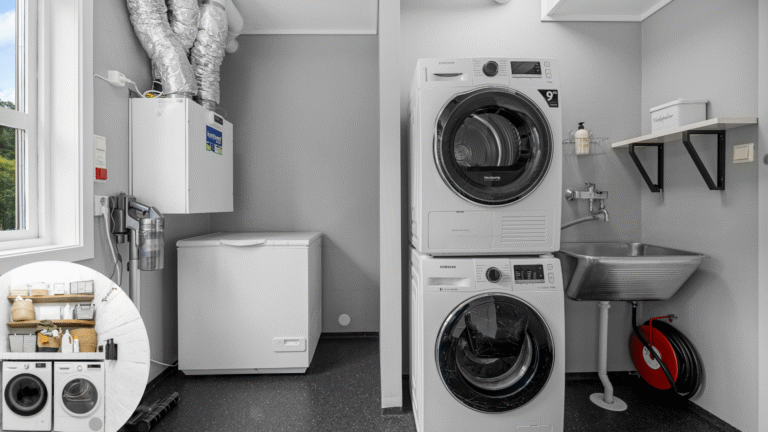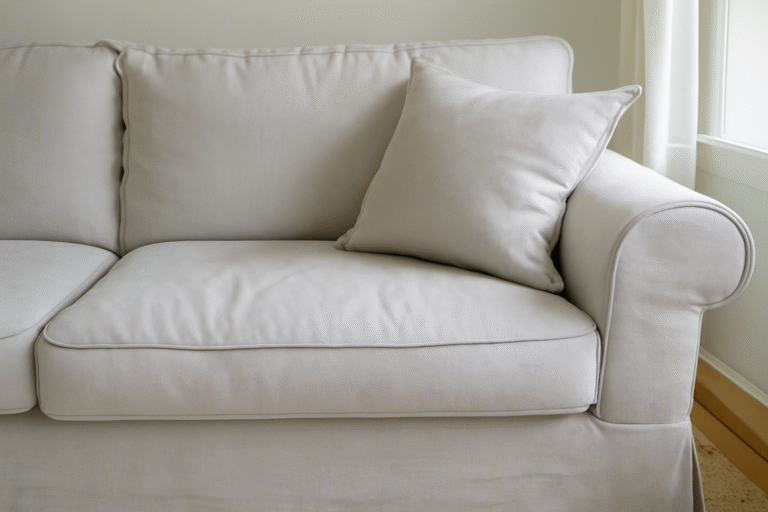Marble Tile vs Marble Effect Tile: Which is Best for Your Space?

When it comes to choosing tiles for a luxurious and timeless look, marble often tops the list. But with advancements in manufacturing and design, homeowners today face a key question: Should you go for real Marble Tile vs Marble Effect Tile instead? This article explores both options in depth, comparing their appearance, durability, cost, maintenance, sustainability, and suitability for UK homes.
What Are Marble Tiles?

Marble tiles are made from natural stone quarried directly from the earth. Each tile is unique, featuring veining patterns that vary from tile to tile. Popular choices include Carrara, Calacatta, and Emperador marble, known for their elegant looks and classic appeal.
Pros of Marble Tiles
- Authenticity: Nothing compares to the natural beauty of real marble. Each piece is unique.
- Prestige: Natural marble adds resale value and a sense of luxury.
- Cool Underfoot: Ideal for underfloor heating systems in UK homes.
Cons of Marble Tiles
- High Maintenance: Marble is porous and can stain easily. It requires sealing and regular upkeep.
- Expensive: Both material and installation costs are higher than alternatives.
- Softness: Marble can scratch or etch, especially from acidic substances.
What Are Marble Effect Tiles?
Marble effect tiles, also known as marble-look tiles, are typically made from porcelain or ceramic and digitally printed to mimic real marble patterns. Thanks to modern technology, these imitations can be incredibly convincing.
Pros of Marble Effect Tiles
- Cost-Effective: Significantly cheaper than real marble in both purchase and installation.
- Low Maintenance: Non-porous and resistant to staining, making them ideal for busy households.
- Durability: More resistant to scratches, chips, and wear than real marble.
- Waterproof: Perfect for bathrooms, kitchens, and high-moisture areas.
- Eco-Friendly Options: Many brands offer sustainable porcelain tile ranges.
Cons of Marble Effect Tiles
- Lack of Authenticity: Even high-end versions may not fully capture the depth and variation of real marble.
- Repetition in Pattern: Unlike natural marble, printed patterns can sometimes repeat, making the tiles look less natural.
- Lower Resale Value: Doesn’t offer the same level of prestige as genuine marble.
Appearance: Which Looks Better?
Real marble wins in terms of authenticity and unique veining. It offers depth and variation that’s nearly impossible to replicate. However, marble effect tiles have come a long way and can look strikingly realistic often fooling even experienced eyes, especially in well-lit or modern interiors.
In many UK homes, particularly contemporary ones, porcelain marble effect tiles provide a sleek, consistent, and polished look that complements minimalistic design.
Durability: Which Lasts Longer?
Porcelain marble effect tiles outperform natural marble in terms of durability. They’re scratch-resistant, waterproof, and much harder ideal for high-traffic areas like kitchens, entryways, and family bathrooms.
Marble tiles, while durable in low-traffic settings, are prone to scratches, chips, and etching over time. In homes with pets or children, real marble may show wear much sooner.
Maintenance: What’s Easier to Look After?
This is where marble effect tiles shine. They require minimal upkeep, with no need for sealing, special cleaners, or regular polishing. A simple wipe-down is usually enough.
On the other hand, natural marble requires more effort:
- Sealing every 6–12 months
- Avoiding acidic cleaners
- Immediate clean-up of spills
- Special marble-safe cleaning agents
Cost Comparison
| Feature | Marble Tile (Natural) | Marble Effect Tile (Porcelain) |
|---|---|---|
| Average Price per m² (UK) | £40–£150+ | £20–£60 |
| Installation Cost | High (requires expertise) | Medium |
| Maintenance Cost | Ongoing | Low |
| Lifetime Value | High (but delicate) | Very High (and tough) |
If you’re working on a budget renovation or want the look of marble without breaking the bank, marble effect tiles are a clear winner.
Sustainability: Which Is Greener?
Natural marble involves quarrying and long-distance transportation, which can have a significant environmental impact.
Porcelain tiles, especially those manufactured in the UK or EU, often have lower carbon footprints and can be made with recycled materials. Many brands are also part of environmental certification schemes.
Best Rooms for Each Tile Type
| Room | Best Choice | Reason |
|---|---|---|
| Bathroom | Marble Effect Tile | Waterproof, slip-resistant, low maintenance |
| Kitchen | Marble Effect Tile | Durable, stain-resistant |
| Living Room | Either (depending on traffic) | Choose marble for elegance, effect tile for durability |
| Entrance/Hallway | Marble Effect Tile | High footfall requires harder surface |
| Bedroom (Luxury Feel) | Marble Tile | Brings authentic beauty and warmth |
UK Interior Trends: What’s Popular?
In recent UK home design trends, marble effect tiles have become extremely popular — especially large-format porcelain tiles that mimic Calacatta or Carrara marble. These are widely used in bathrooms and kitchen splashbacks for a high-end look with minimal hassle.
Real marble remains the go-to choice for premium builds or period homes, especially where authenticity is essential, such as Victorian fireplaces, luxury wet rooms, or artisan restorations.
Final Verdict: Which is Best?
Choose Marble Tiles if:
- You’re designing a high-end, luxury home.
- Authenticity and resale value are top priorities.
- You’re happy to maintain the surface properly.
- The area has low to moderate footfall.
Choose Marble Effect Tiles if:
- You want the marble look on a budget.
- You need a durable, waterproof, and easy-to-maintain surface.
- You’re tiling a bathroom, kitchen, or hallway.
- Sustainability or UK-made options matter to you.
Conclusion
Whether you choose marble tiles or marble effect tiles depends on your budget, maintenance preference, and style goals. For most UK homes, marble effect tiles provide the ideal blend of style, practicality, and affordability, while real marble is perfect for bespoke, luxurious, and carefully maintained spaces.
No matter your choice, both options can elevate your home and create stunning results it all comes down to how you plan to use and live in your space.








